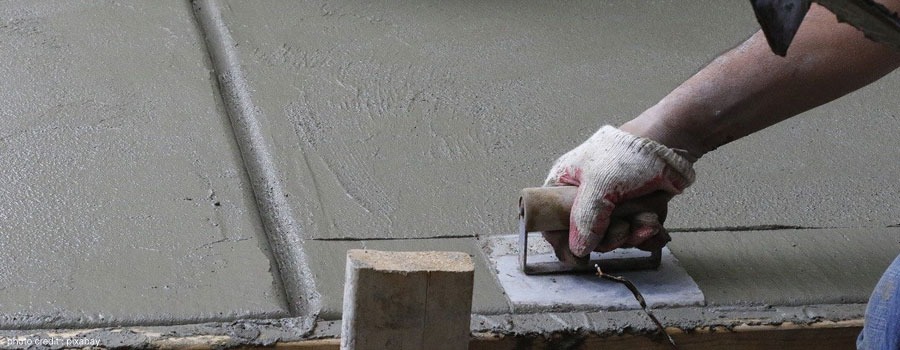Blog Post

A concrete power floor screed is essential for screeding and levelling in the construction industry. It has mostly replaced laborious, manually-held screed bars. A concrete power floor screed may level the surface more effectively than the conventional method. Concrete is durable and robust. For areas smaller than 500 square metres, a normal manually pushed concrete screed should suffice. The greater region necessitates expanding labour force and increasing working hours. This could result in both inefficiency and cost overruns.
Floor screed is always advised for the sheer finishing of larger areas. It protects the surface from cracks and stains and gives it a lively appearance. Various screeds are available, depending on the terrain and locality.
Concrete Vs. Screed
Most people are familiar with concrete and its qualities, but only a small percentage are familiar with floor screed. Both are commonly used for building and provide the same function. Even though the ingredients are nearly identical, a small variance in the manufacturing process results in slightly different products. Using finer sand results in a more even screed because of the smaller particle size. Gravel, pebbles, and sand are commonly used to produce both concrete and screed.
Concrete and floor screed are used for different things. While screed is applied to the concrete floors, it gives the building the necessary strength. Scattered layers of screed give the finished product a reddish and glossy appearance.
For a more durable mixture than a screed, rough and rusted raw components in concrete are used. For a house, a layer of concrete of 100 mm is necessary to protect the foundation. When compared to concrete, the screed layer is much thinner. The thickness of the screed layer can range from 25 mm to 60 mm, depending on the surface it is applied.
Tips To Apply Screed Properly
You'd be wrong if you've ever used a floor screed and thought it was a simple task. However, even the tiniest inaccuracy in technique can significantly impact the final texture. Concrete power screeds can be used more effectively with these helpful hints.
• Dispensing concrete from a chute can result in spattering. Using duct tape to control the splash is recommended to safeguard the nearby blocks and walkways.
• Concrete should always be poured in smaller, more manageable chunks. The floor screed can be easily rolled over a smaller area for a more durable surface if the chute is moved back and forth to equal the dispersion of the concrete.
• It is possible to build an enormous building out of mortar and gravel. You may fully incorporate the dispersed particles into the final mix with one gentle run-through on the principal return.
• The concrete slab may be levelled with a bull float just after the screed is completed. To make a shape, moisten the surface just enough. A perpendicular angle to the screed board is required for the bull float to be run. When screeding, it automatically fills in the valleys and ridges that were created.
Ensure that the concrete is not over-troweled. The more force applied, the more unequal the damping surface becomes. When water is trapped inside a structure, it becomes more prone to failure and damage. For more such tips and assistance, you can always reach out to Save Time Concrete and discuss your concerns.